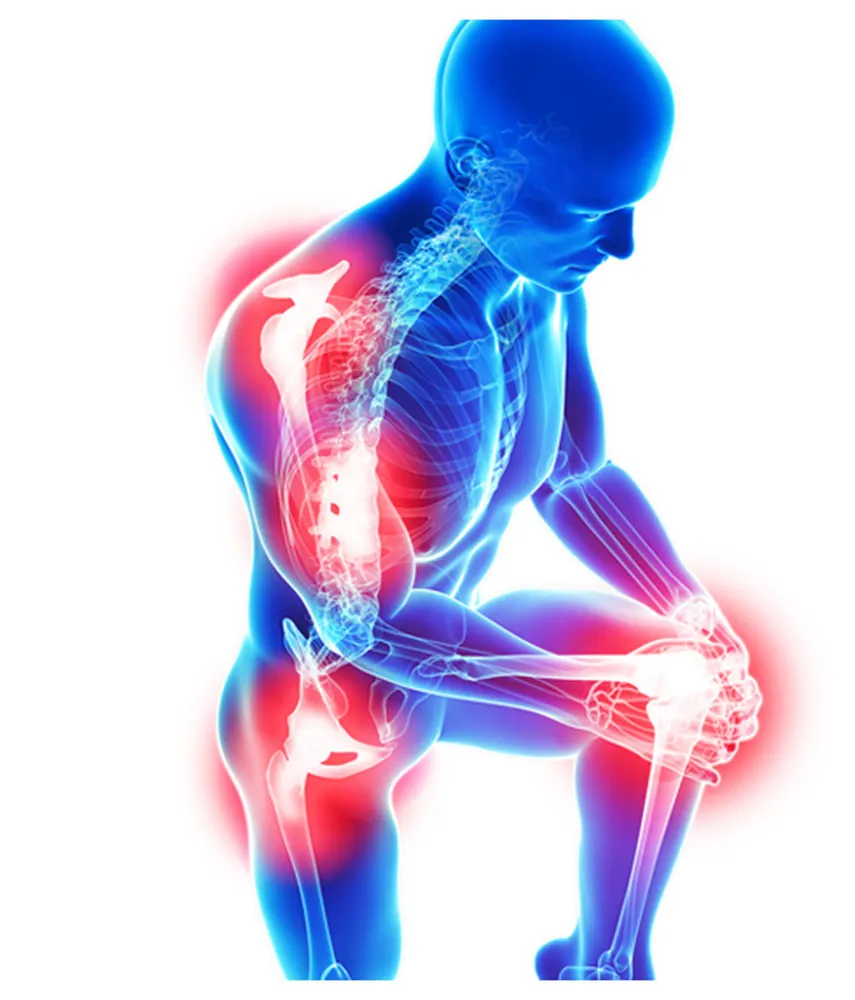Treating Hip Pain Without Surgery
The hip is essential for movement but can sustain damage over time, especially in active individuals. Injuries and wear can lead to pain and reduced mobility, requiring effective non-surgical treatment.
Hip pain can result from osteoarthritis, labral tears, or joint wear, leading to stiffness, discomfort, and reduced mobility. Common causes include aging, injury, overuse, genetics, and inflammatory conditions.
Diagnosis involves physical exams and imaging tests like MRI or ultrasound. Non-surgical treatments such as PRP, EMTT, laser therapy, and prolotherapy help reduce pain, restore movement, and support long-term joint health without surgery.
Hip Osteoarthritis & Joint Pain
Causes:
Hip osteoarthritis is a degenerative condition caused by the breakdown of cartilage and joint fluid, leading to pain, stiffness, and reduced mobility. While the exact cause is unknown, several factors increase the risk, including aging, obesity, genetics, structural abnormalities, previous injuries, and inflammatory conditions like rheumatoid arthritis. Overuse and repetitive strain on the joint can also contribute to its progression.
Symptoms :
- Pain worsening with activity
- Groin or buttock discomfort
- Outer hip or thigh pain (bursitis)
- Limping or difficulty walking
- Stiffness and limited range of motion
Diagnosis:
A proper diagnosis involves a detailed evaluation of symptoms, a physical examination to assess pain levels, flexibility, and muscle strength, and imaging tests such as MRI or ultrasound. These help determine the extent of joint damage and guide the best course of treatment.

Hip Labral Tears
Causes :
The hip joint is lined with a layer of fibrocartilage called the labrum, which cushions and stabilizes movement. Labral tears can occur due to overuse, traumatic injury, joint misalignment, or degenerative conditions like osteoarthritis. These factors weaken the labrum, leading to discomfort and reduced mobility.
Symptoms :
- Grinding, popping, or “sticking” sensation in the hip socket
- Pain, especially at night
- Reduced range of motion in the hip
- Loss of hip strength
Diagnosis :
A comprehensive diagnosis includes a physical assessment to evaluate pain, mobility, and joint function. Imaging tests like MRI or ultrasound help identify labral damage and guide treatment planning.


